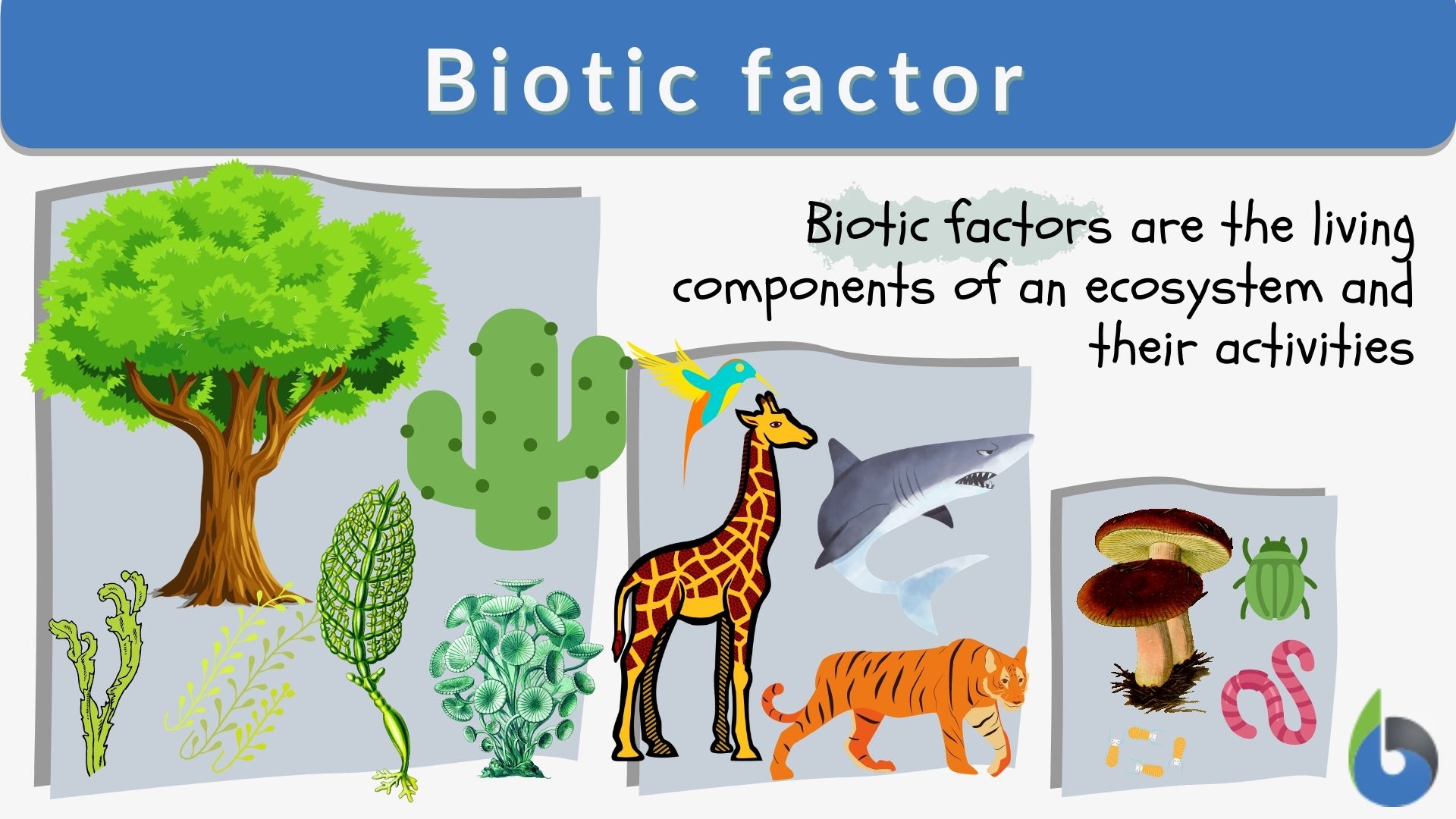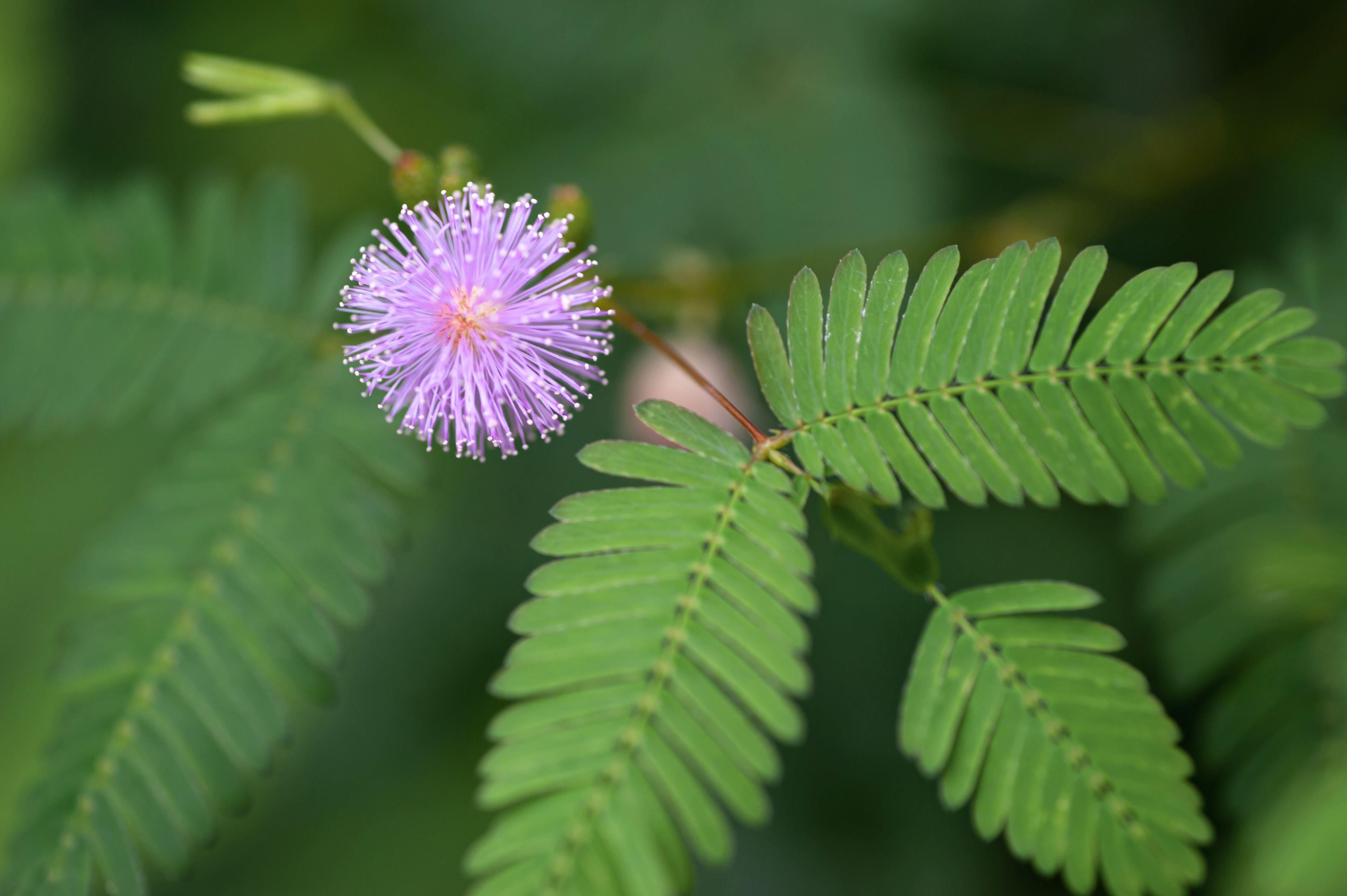The Living Organism and Their Surroundings Class 6 Worksheet Science
Fill in the Blanks
1. The place where organisms live is called their __________.
Ans: habitat
2. __________ means the presence of specific features or habits that enable an organism to live naturally in a specific enviornment.
Ans: Adaptation
3. __________ habitats include forests, grasslands, deserts, coastal, and mountain regions.
Ans: Terrestrial
4. Aquatic habitats are places like __________, __________, and __________ where water-based organisms live.
Ans: lakes, rivers, and oceans
5. The __________ of plants and animals are the living components of a habitat.
Ans: biotic components 
True or False
1. All organisms living in a habitat are referred to as abiotic components.
Ans: False - Biotic components refer to all living organisms in a habitat.
2. Desert animals such as camels and cacti have special adaptations that allow them to conserve water.
Ans: True
3. Fish have lungs for breathing underwater.
Ans: False - Fish breathe underwater using gills.
4. Adaptation is a long-term process that enables organisms to survive in their environment.
Ans: True
5. Some plants respond to stimuli, like the Mimosa plant folding its leaves when touched.
Ans: True
Short Answers
1. What is a habitat and give two examples?Ans: A habitat is the natural environment where organisms live and thrive. Examples include forests and oceans.
2. Explain how cacti are adapted to survive in the desert.
Ans: Cacti have thick, fleshy stems for water storage, spines to minimize water loss and deter herbivores, and deep roots for efficient water absorption.
3. Describe the role of gills in fish.
Ans: Gills allow fish to extract oxygen from water. Water passes over the gill membranes, and oxygen is absorbed into the bloodstream.
4. Why can't a fish live out of water?
Ans: Fish require gills to breathe, which only function properly in water; out of water, the gills collapse and cannot absorb oxygen.
5. How do the features of a camel help it to survive in desert conditions?
Ans: Camels have features like water-storing humps, long eyelashes to block sand, and wide feet to prevent sinking into the sand.
6. What are biotic and abiotic components of a habitat? Give examples of each.
Ans: Biotic components are living elements like plants, animals, and bacteria. Abiotic components are non-living elements like water, temperature, and soil.
7. How are animals living in mountain regions adapted to the cold climate?
Ans: Mountain animals have thick fur, fat layers, and specialized features like strong hooves to navigate cold and rocky terrains.
8. How are aquatic plants adapted to live in water?
Ans: Aquatic plants feature air spaces for buoyancy, flexible stems to withstand currents, and leaves optimized for sunlight absorption.
9. What is the importance of adaptations for organisms in their habitats?
Ans: Adaptations enhance an organism's ability to survive and reproduce in its natural habitat, ensuring its continued existence.
10. How does the human body adjust when moving to a high-altitude area?
Ans: At high altitudes, the body adjusts by breathing faster and producing more red blood cells to improve oxygen transport. This is called acclimatisation.
FAQs on The Living Organism and Their Surroundings Class 6 Worksheet Science
| 1. What are the basic needs of living organisms in their surroundings? |  |
| 2. How do living organisms interact with their environment? |  |
| 3. What is the role of producers, consumers, and decomposers in an ecosystem? |  |
| 4. Why is biodiversity important for the health of ecosystems? |  |
| 5. How do environmental factors affect the survival of living organisms? |  |






















